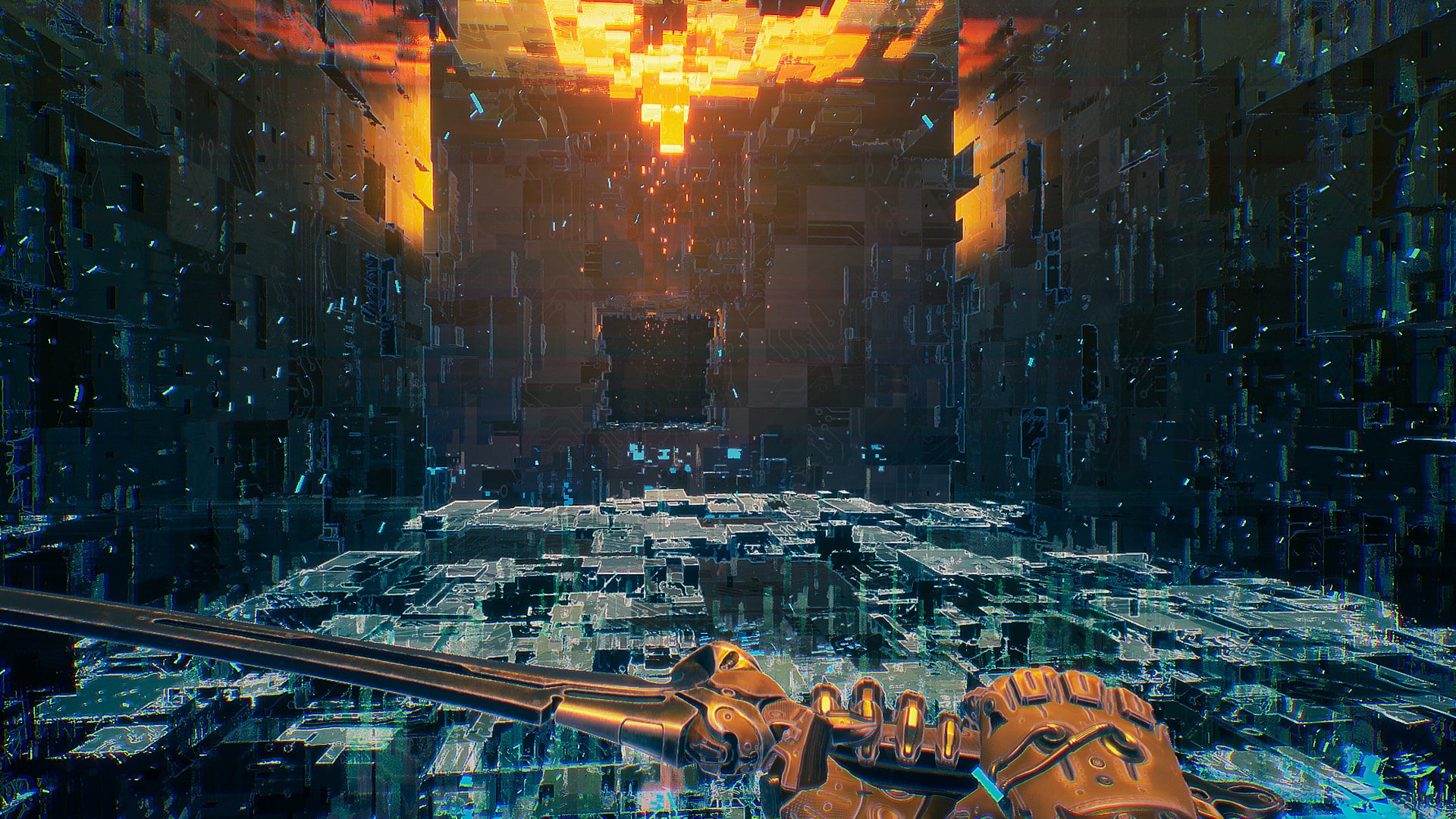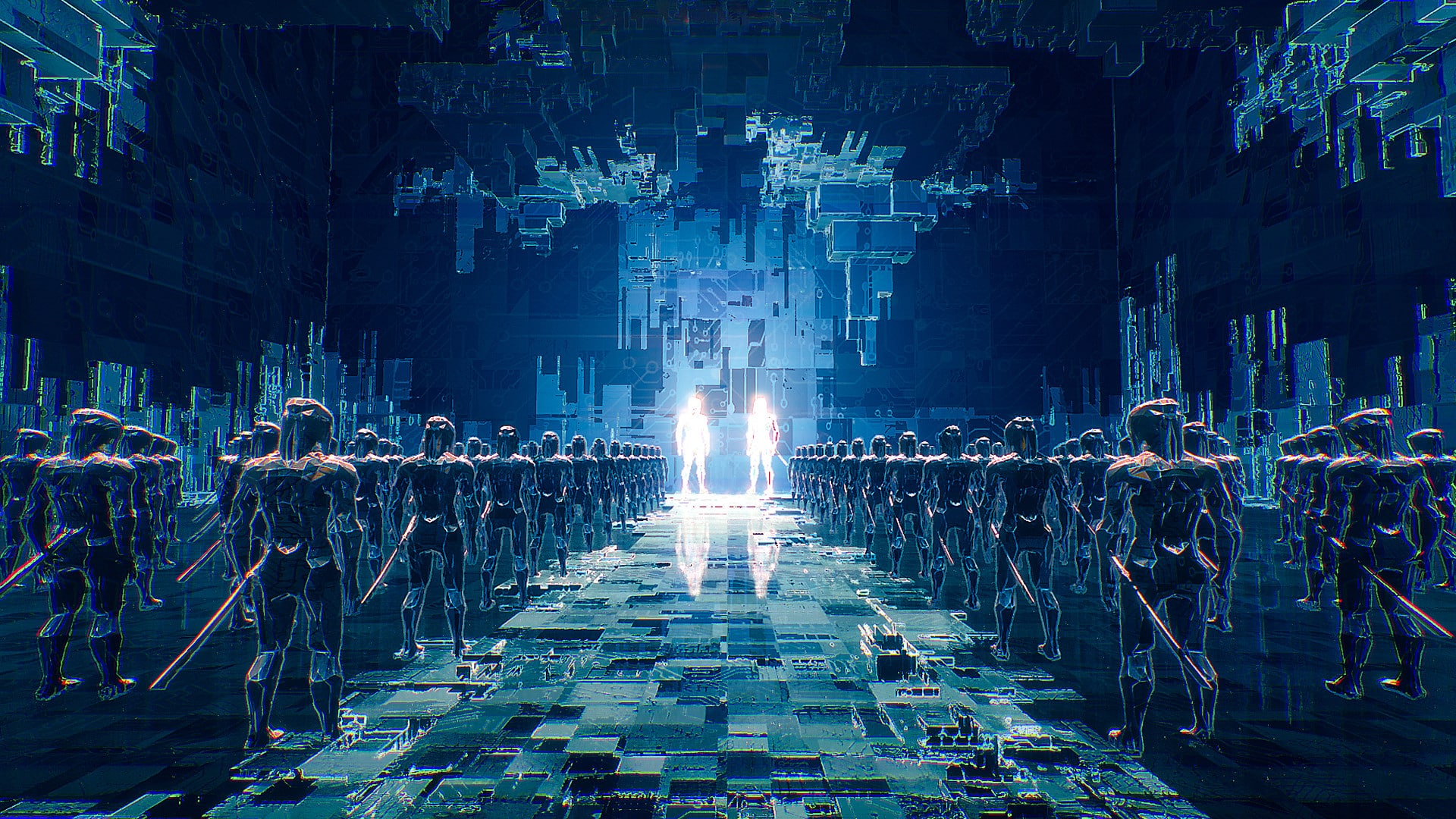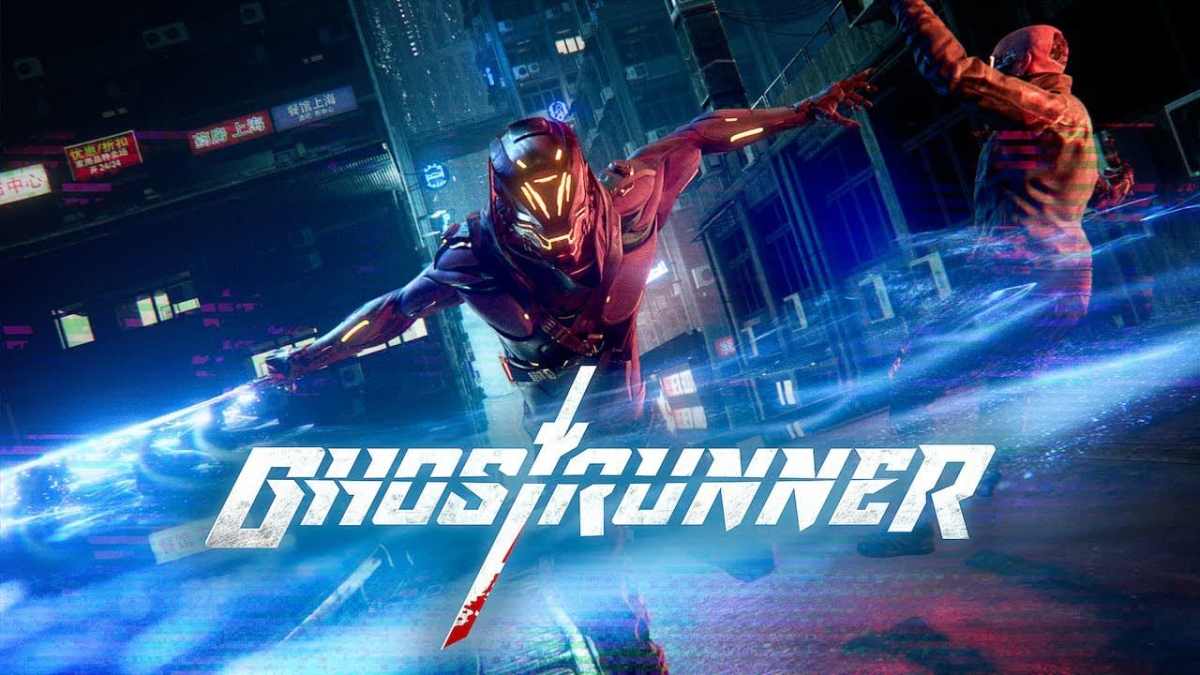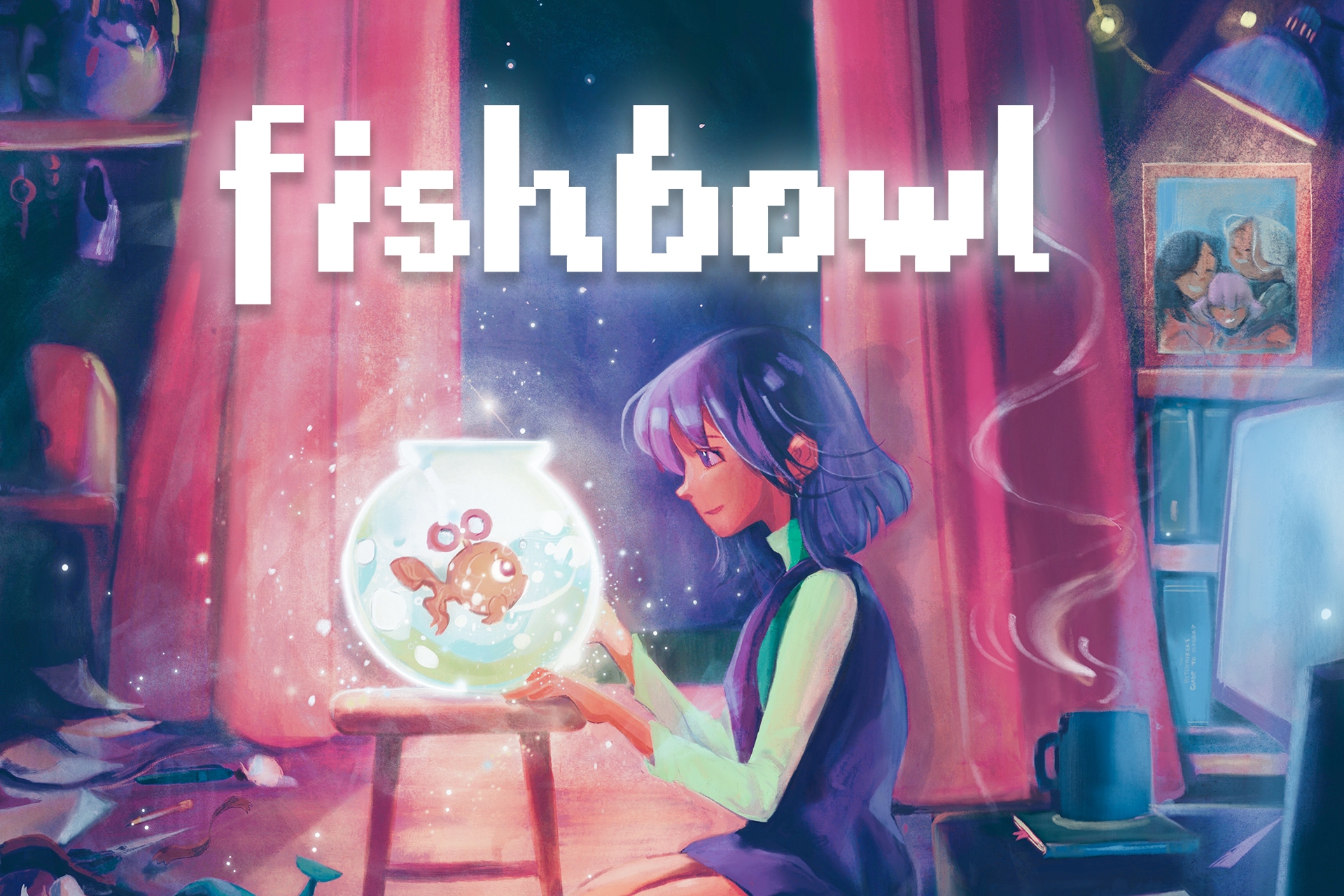Hot plasma tears through a labyrinth of digital dystopia. I’m leaping towards my final target in the area, raising my sword to strike, gliding in slow motion. Then he somehow still manages to hit me in time, and I have to take down the entire squad of faceless goons again. Damn if I haven’t tried like hell to see eye to eye with it, but Ghostrunner really doesn’t understand its own strengths.
I want to love Ghostrunner, drenched in ’80s cyberpunk, centering on an ominous mystery of a tragic, nameless protagonist with a blade. The controls are tight and refined, built to navigate a maze of levels with elegantly branching paths that fit the world perfectly. Sound design is superb, including when slowing down time, slicing a fool in half, or scaling further out of the hellish pits of a city beset by misery.
And there are times where you do feel an effortless rush, where all your moves click together and you tear through your opponents like they’re butter. The free-flow movement and abilities in Ghostrunner are a new standard that one-ups Titanfall 2 in both execution and intuitive design, which is saying something. I could play an entire game built just around navigating Ghostrunner’s world like it were a gritty Jet Set Radio. Except that’s not what Ghostrunner is interested in.

No, Ghostrunner wants to be cyber ninja Hotline Miami. You might boot it up and expect to have a slim but reasonable health bar, perhaps some additional weapons to use mid-parkour platforming, or maybe even a Prince of Persia-esque time reversal mechanic so the flow of your fights aren’t cut off. But no, despite having more variables to juggle and less time to execute your plan, Ghostrunner operates like Superhot, which means every so often your graceful platforming is interrupted by a repetitious game of, “Okay, which of these goons do I have to kill first so two of them don’t shoot me in the back?”
It’s not that sharing a cutting remark with your opponents isn’t satisfying, but you frustratingly have to restart an entire combat arena when you die. Given how the lowliest goon can down you within a few seconds and the unpredictable rate at which your slow-motion move will accelerate you when you release it, plans can go awry in a snap. It’s infuriating in a way I haven’t gotten angry at a game in quite some time.

I’m impressed at how quickly it hit that nerve. You know that you tried your damnedest and now you have to repeat yourself, going over and over in some areas because of one out-of-reach schmuck whom you could take out in an instant if you had a throwing star or a pistol, or if you could rip him to you with your grapnel hook. Anything to ensure you don’t have to clear the same five goons again. Because as great as each area is to experience the first time, the aesthetics start to blur and grow repetitious the more times you die.
Instead of hyper-focusing you on the task at hand, Ghostrunner grows increasingly irritating the longer you’re stuck in combat. Yet the pure platforming sequences don’t have this problem. Failure there isn’t due to a random grunt’s lucky shot or a block of your sword not registering, but your own misreading of the environment. You get back up, try it again, and when the platforming sings, it’s a thing of beauty. It’s like Mirror’s Edge on speed, deadly hazards flying past a mere inch from your face as you find yourself laughing with glee. These are the moments that Ghostrunner achieves its true potential.
It’s hard not to notice that the platforming also has more room for skill rather than luck. It escalates smoothly, intuitively throwing new challenges at you with abilities you’ve practiced minutes before so you instantly know what to do. Meanwhile melees tend to just feel like an ever growing checklist of opponents to deal with, at least in the span of the demo. If the player does earn more combat abilities and encounter more interesting foes later on, then great! But a basic grunt shouldn’t feel like doing the dishes so you can get back to having fun with the platforming.
Ghostrunner has a chance at greatness. Half of its design is a superb achievement. The other half drags it down and is in need of reconsidering going forward. I can imagine so many people who might not play or finish Ghostrunner because of the latter half of its design, and that’s a shame. If you can stomach the weirdly masochistic combat though, Ghostrunner is a brilliant first-person platformer.






Published: Jun 27, 2020 02:17 pm